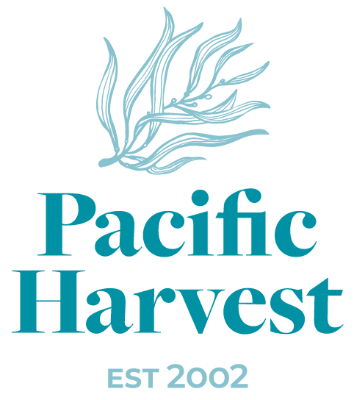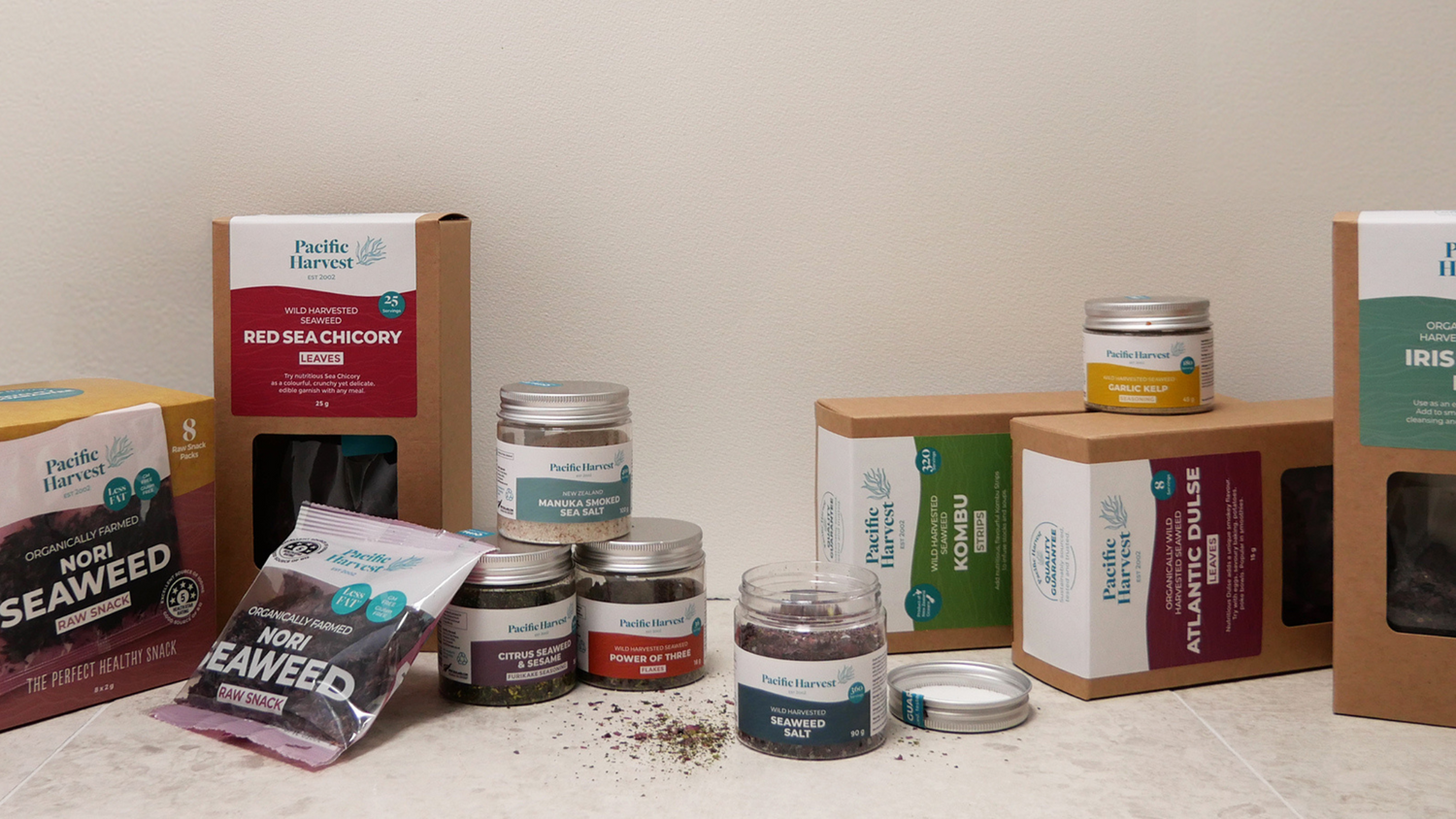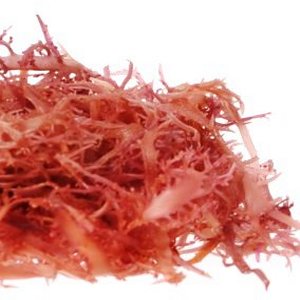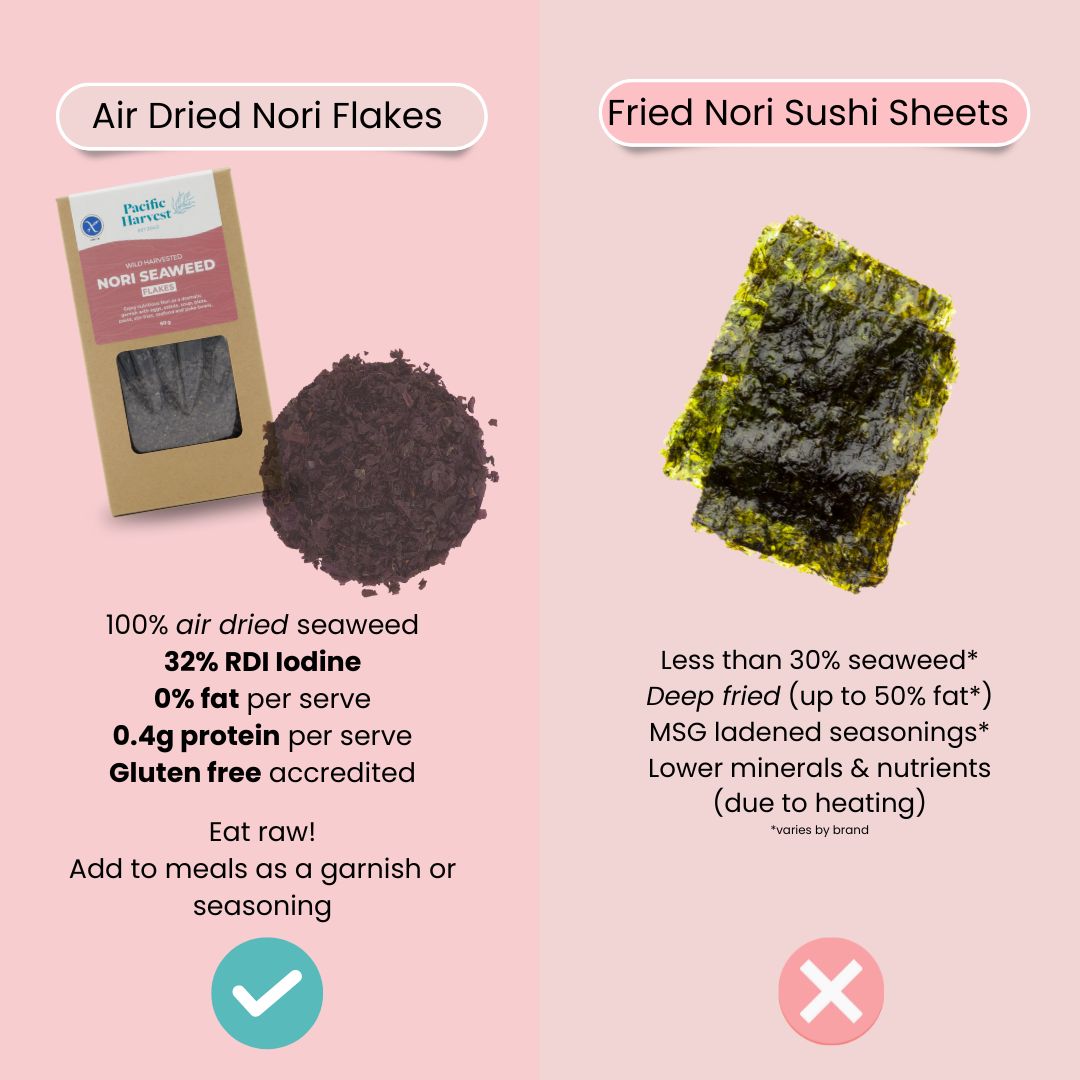We are often asked, ‘What’s the best seaweed to buy?’. Unfortunately, there is no simple answer to this, as each person and seaweed are unique. There are a thousand species of seaweed around New Zealand’s shores and a similar amount around Australia. We recommend ‘eating the seaweed rainbow’, we are more likely to enjoy a wider range of benefits and flavours that this incredible superfood group has to offer!
Because of the nutrient density in seaweeds, eating small amounts (of a variety of seaweeds) regularly is ideal.
Highly nutritious vegetables from the sea
When choosing which seaweed to buy, it helps to think of seaweeds as vegetables harvested from the sea rather than grown on land. Just like land vegetables, seaweeds offer a wide range of colours, textures & flavours, and the variation between each can be surprisingly wide. Pumpkin and peas are both vegetables but may be used together or in different dishes, just as Sea Lettuce and Dulse may have different uses.
Three Seaweed Colour Groups – All Photosynthesizing Powerhouses!
Sea vegetables or seaweeds, are classified into three main colour groups according to their pigment and their chemistry: Green (typically in shallower waters), Brown (in the mid depths where red and orange wavelengths of sunlight are absorbed) and Red (generally deeper, up to about 100 meters because blue and violet wavelengths are able to penetrate deeper depths). Within these colour groups there are thousands of different types of seaweeds - each with its own unique active ingredients and minerals.
All seaweeds contain chlorophyll and use photosynthesis, absorbing the sun’s energy to create nutrients from carbon dioxide and water. As they do this, they release oxygen into the atmosphere.
Green Seaweeds
Closest to the shore and most closely related to land plants, green seaweeds are typically vibrant green or yellow in colour. Greens provide significant amounts of digestible vegetable protein (up to 70%) and are an essential source of calcium, iron, enzymes and antioxidants, as well as being a top source of chlorophyll, iron, fibre and vitamins A, B and C. We have approximately 140 species of green seaweeds in Aotearoa, New Zealand.
Specific health benefits associated with green seaweeds include:
- improved digestion,
- reduced sugar absorption,
- helpful in balancing blood pH,
- boosting immunity (antiviral),
- soothing (for use on burns, cuts and sores as a compress or poultice),
- toning (hydrating and nourishing skin) and
- clearing of intestinal worms!
Sea Lettuce is a popular edible seaweed with a sorrel-like flavour.
Brown Seaweeds
Known for their rich iodine content, brown seaweeds include the largest sea plants, some of which form large underwater forests. Although grouped as ‘brown’, the colour of a sea vegetable may vary ~ khaki/dark green/ brown or black-brown/orange and even gold. In addition to their relatively high iodine content, brown seaweeds also contain other unique substances that are being researched for their beneficial impact on degenerative diseases, including:
- alginates (detox radiations and heavy metals)
- fucoidan (cancer & infections)
- Laminarin (cardiovascular health)
- Lignans (oestrogen-related illnesses)
Brown seaweeds also typically contain high concentrations of minerals and trace elements, including calcium, magnesium, potassium and zinc. Furthermore, they contain omega 3 and 6 fatty acids (in a favourable ratio of 1:2). Consuming more Omega 3 than Omega 6 helps to keep human health balance in check.
Key health benefits associated with brown seaweed include:
- nourishing the thyroid gland and brain
- balancing hormones
- improving metabolism & facilitating weight loss
- detoxing environmental toxins from the body
- inhibiting cancer cell growth
- facilitating bone & joint health
Examples of brown seaweeds are kelp, kombu, wakame and sea spaghetti, which can be used in various ways in the kitchen.
Red Seaweeds
Red seaweeds are regarded as the oldest and largest group of macroalgae, with over 6,000 species worldwide (roughly 570 species of which are found along the New Zealand coast).
The unique colour pigments of red sea vegetables or seaweeds allow them to survive at great depths underwater. They vary significantly in size, shape and ecosystem, and, despite being referred to as ‘reds, ’ their colours can range from red and pink to crimson, purple and orange.
Of all the colour groups, reds tend to have a higher protein content. They offer an excellent vegetarian source of high-quality, complete protein containing all the essential amino acids the diet requires. They also provide an excellent array of minerals, carbohydrates, antioxidants, and enzymes and are generally very high in dietary fibre. Some species are rich in carrageenan. They tend to have a positive potassium/sodium balance and offer a good to excellent source of iodine, which is essential in maintaining healthy thyroid function. They can also be a source of heme iron (a form of iron that can prevent iron-deficiency anaemia). These excellent nutritional benefits are beneficial if you follow a vegan, vegetarian or plant-based lifestyle.
The health benefits associated with eating red seaweeds include:
- strengthening the immune system and boosting minerals
- promoting cardiovascular health & regulating cholesterol
- nourishing the nervous system – improving resistance to stress
- relieving congestion in colds and flu
- reducing inflammation – they are naturally anti-viral, anti-bacterial, anti-parasitic, anti-biotic, antiseptic and antifungal
- soothing the skin and the digestive tract
Examples of red seaweeds are Agar, Dulse, Nori (Karengo), Sea Chicory and Irish Moss.
This impressive array of nutrients and minerals in all three colour groups leads us to an obvious conclusion that it’s best to eat a variety of seaweed colours. Pacific Harvest has blended colours in the ‘Power of three’ and our seaweed seasoning range - the perfect way to bring the sea vegetable ‘rainbow’ to everyday meals.
Disclaimer: This material is provided for educational purposes only and is not intended as a substitute for professional medical advice, diagnosis, or treatment. This information may not include the very latest research. We encourage you to do your own research and discuss your findings with a qualified health practitioner who can help you validate the outcomes in the context of your specific & individual health situation.




